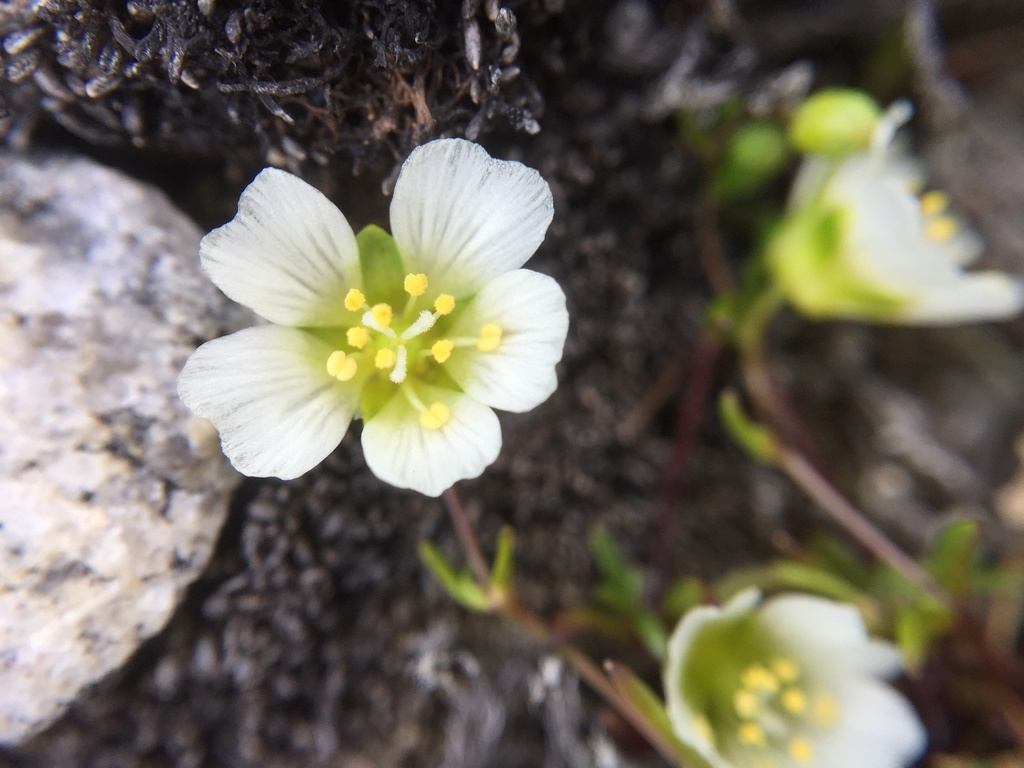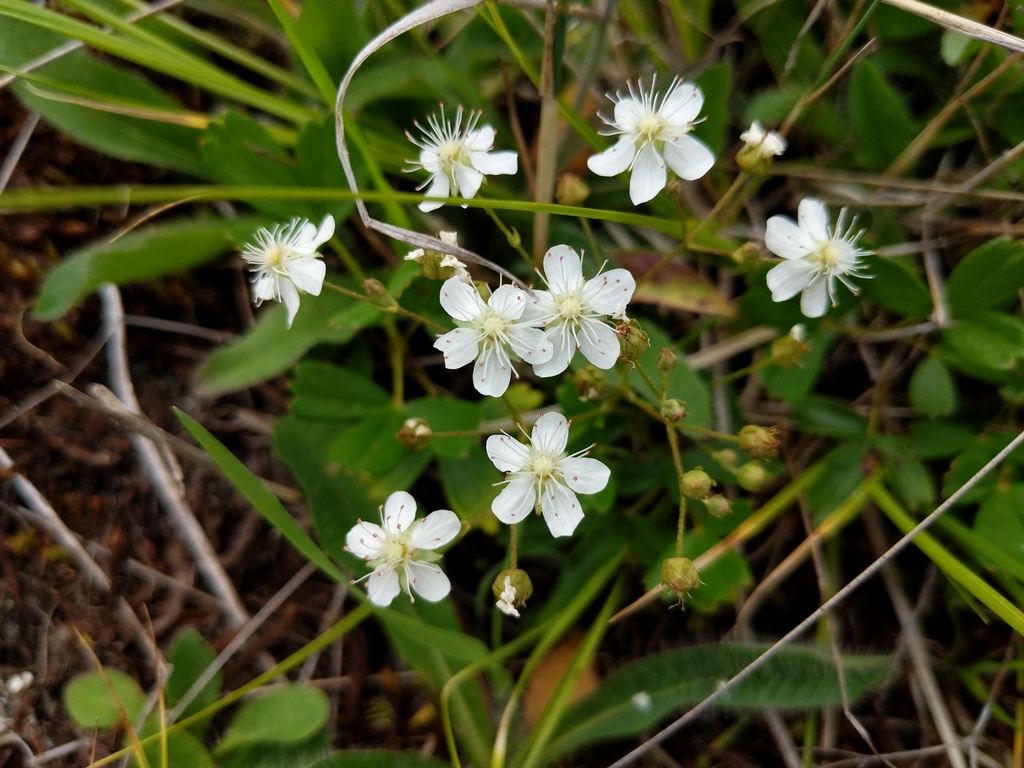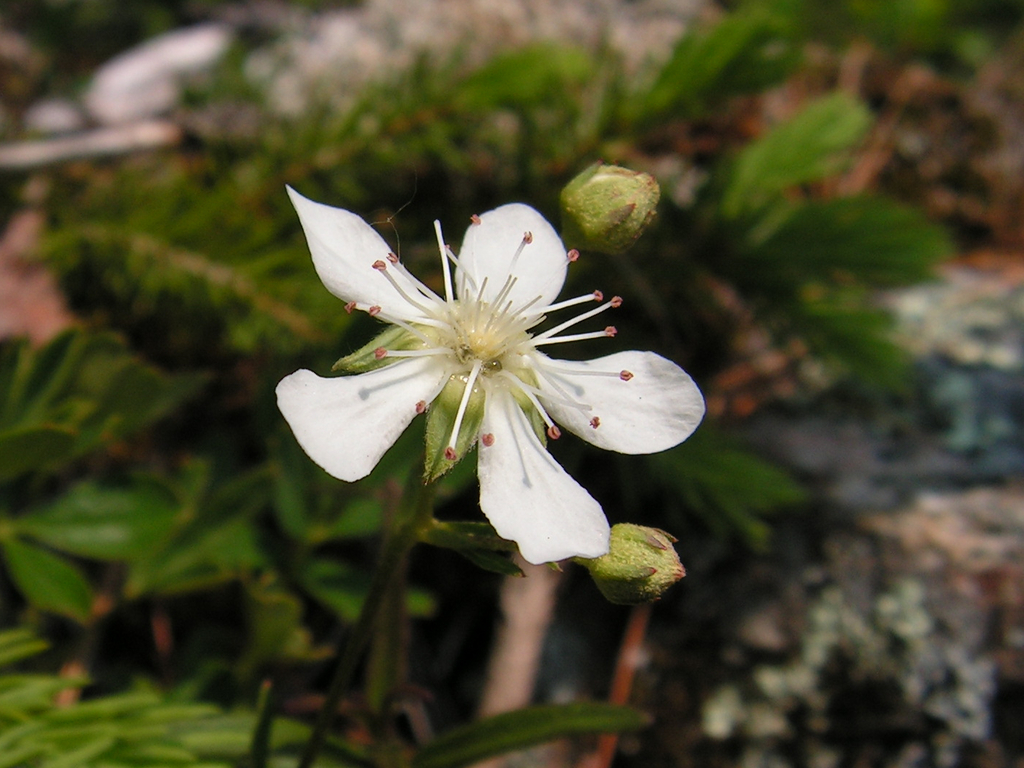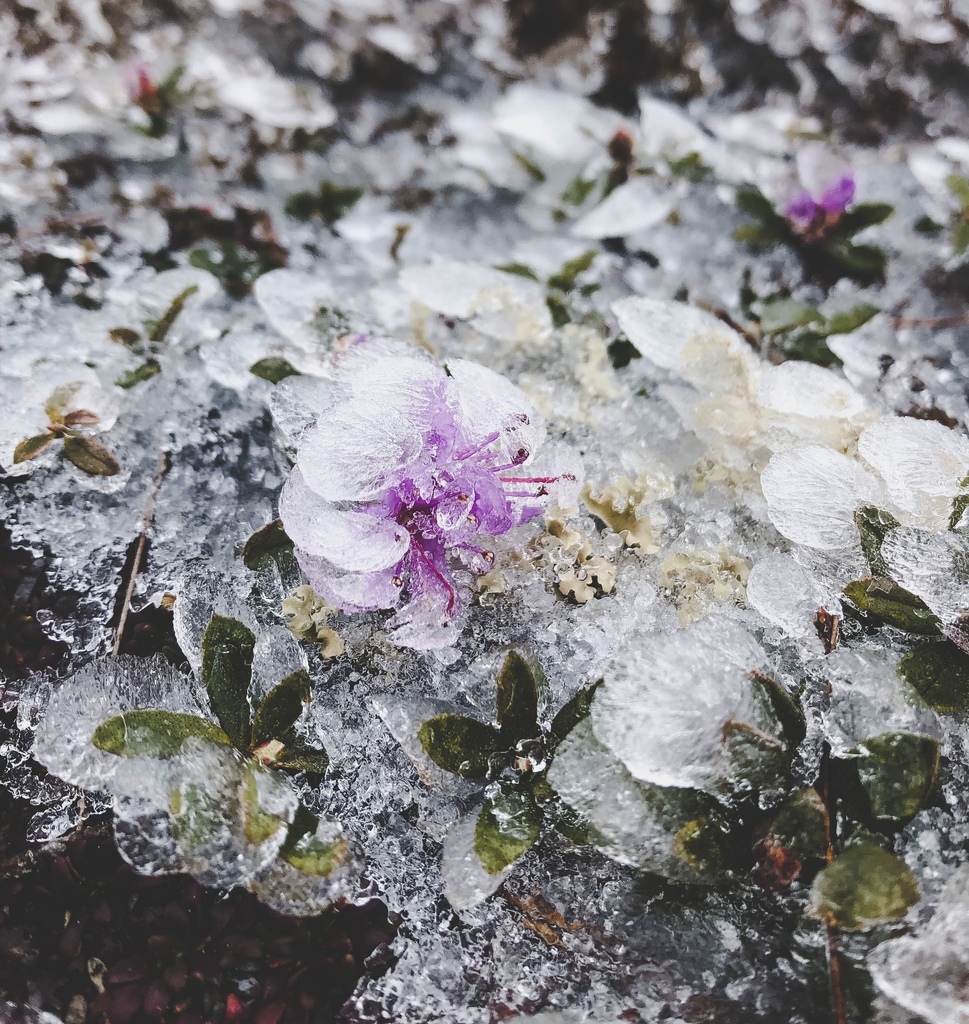Phenology Friday: Peaks are in still in bloom!
Hello Northeast Alpine Naturalists,
After almost two consecutive months of rainy, dreary days, it seems we may have some sun in the forecast- which is the perfect excuse to grab your hiking buddy and head up to the alpine zone for some unhindered views. And although the famed Diapensia lapponica is no longer in bloom, there are still plenty of July blooms coating the mountaintops, for you to seek out on your next hike. Some of those include eastern mountain avens, Greenland stitchwort, and Cutler’s goldenrod. Although for the hardiest of plants, don't forget that the alpine zone hosts many different species, flowering at varying times all summer long!



From left to right: Cutler’s goldenrod in flower (photo credit: David Govatski), a field of eastern mountain avens (photo credit:@nemesis256), and Greenland stitchwort peering through the rocks (photo credit: @chris-peter).
Even more, if any fruits from the previously flowering species happen to catch your eye, snap a photo and upload those here as well. While you’re at it don’t forget to stay on the trails and leave these precious blooms for the next person to enjoy. Thank you for helping us understand and protect the unique alpine zone!














